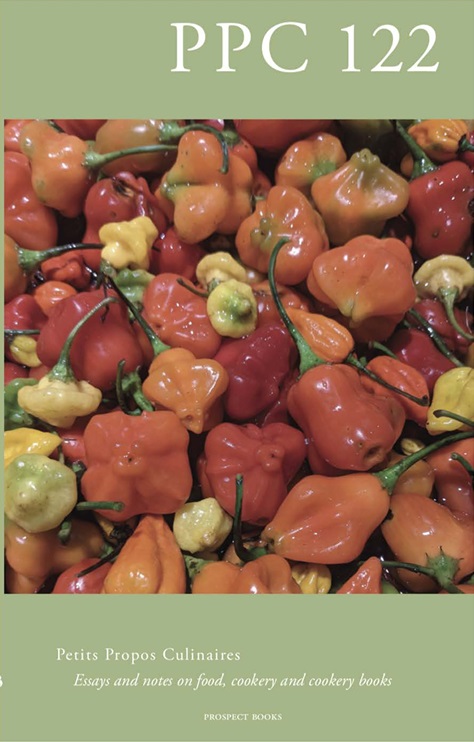‘Mother of Happy Endings’ and the Indian Mirror
DOI:
https://doi.org/10.1558/ppc.27790Keywords:
Andalusian-Arab suisine, umm al-faraj, Bastila, culinary practices, preparations & techniques, medieval arab cookery, sweet and savory dishes, recipeAbstract
The paper explores a thirteenth-century Andalusi text containing a recipe in which ultra-thin sheets of pastry are intriguingly baked on a gadget the recipe called mir'at Hindiyya (Indian mirror). These sheets of bread, called ruqaq, were required for making an extraordinarily exquisite and elaborate sweet-savoury chicken pie, which the recipe nicknamed Umm al-Faraj (Mother of Happy Endings) and tries to uncover if a mirror was actually used, what type, why Indian and what it might have been made of.
Published
2022-04-01
Issue
Section
Articles
How to Cite
Nasrallah, Nawal. 2022. “‘Mother of Happy Endings’ and the Indian Mirror”. Petits Propos Culinaires, April, 106-11. https://doi.org/10.1558/ppc.27790.

